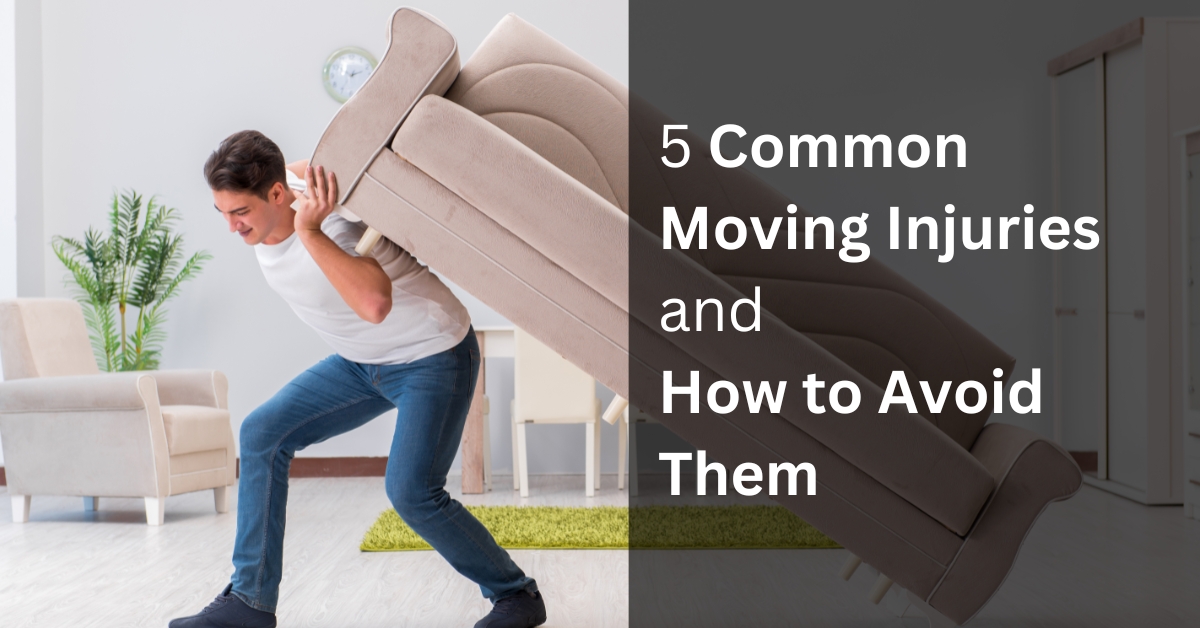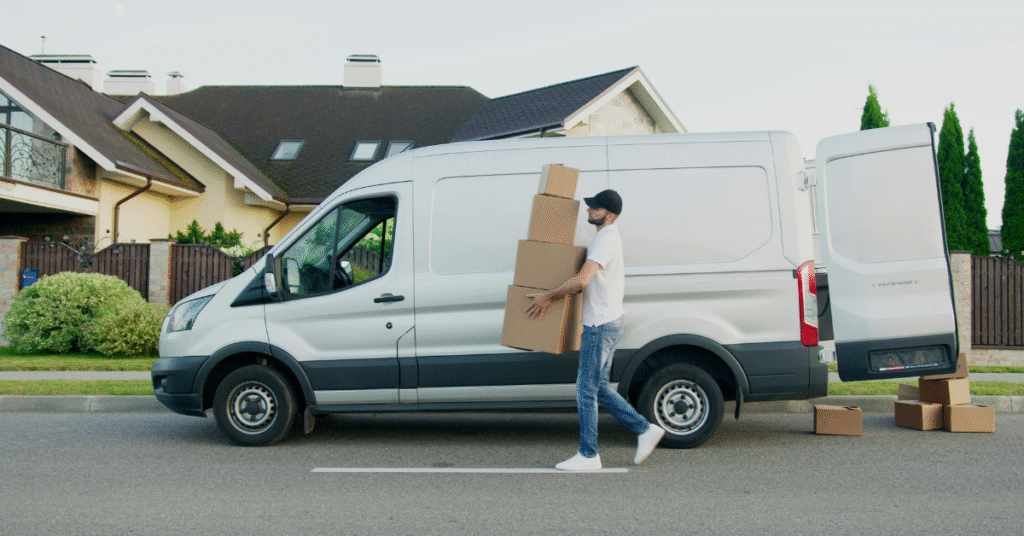Currently Empty: $0.00
5 Common Moving Injuries and How to Avoid Them
Moving to a new home marks a significant transition in life, but amidst the excitement and anticipation, there are potential risks of injuries that individuals often overlook. The physical demands of packing, lifting, and moving belongings can lead to a variety of common injuries if proper precautions are not taken. In this comprehensive guide, we will delve into 10 common moving injuries and elaborate on how to prevent them, ensuring a smooth and safe relocation process.
What Injuries can Occur from Incorrect Moving and Handling?
Back Strain
Back strain is perhaps the most prevalent injury experienced during a move. Lifting heavy boxes and furniture incorrectly can strain the muscles in the back, leading to discomfort and potential long-term issues. To avoid back strain, it is crucial to lift with the legs, keeping the back straight. Seeking assistance from friends or professional movers for heavy items can also alleviate the risk of injury.
Knee Injuries
Repetitive kneeling and squatting while packing or unpacking can put strain on the knees, resulting in soreness or injury. Using knee pads or a cushion to provide support and protection to the knees is essential. Additionally, taking regular breaks to stretch and avoid overexertion can prevent knee injuries during the moving process.
Shoulder Strain
Carrying heavy boxes or lifting items above shoulder height can lead to shoulder strain. Proper lifting techniques, such as keeping the items close to the body and distributing the weight evenly, can reduce the risk of shoulder injuries. Taking breaks to rest the shoulders and shoulders is also important to prevent overuse injuries.
Foot Injuries
Foot injuries, such as stubbed toes or dropped items on the feet, are common occurrences during a move. Wearing sturdy, closed-toe shoes with good grip can protect the feet from potential hazards. Ensuring the pathways are clear of obstacles and using proper lifting techniques can further prevent foot injuries.
Hand Injuries
Handling sharp objects or rough materials during a move can result in cuts, scrapes, or blisters on the hands. Wearing protective gloves can shield the hands from injuries and provide a better grip while moving items. Keeping a first-aid kit accessible can help treat minor injuries promptly.
How Can You Avoid Injuring Yourself When Lifting and Moving?
Secure Pathways and Clear Obstacles
Before you start moving boxes and furniture, make sure pathways are clear of obstacles such as clutter, rugs, or slippery surfaces. Secure rugs to prevent tripping hazards and ensure a clear path from your home to the moving truck. Taking this extra step can help prevent accidents and injuries during the move.
Wear Appropriate Clothing and Footwear
On moving day, wear comfortable clothing that allows you to move freely. Avoid loose clothing that can get caught on objects. Additionally, wear closed-toe shoes with good traction to prevent slips and falls while carrying heavy items.
Take Breaks
Moving can be a marathon, not a sprint. It’s essential to listen to your body and take regular breaks to rest and hydrate. Overexerting yourself can lead to fatigue and increase the risk of injuries. Pace yourself and take breaks as needed.
Use Moving Equipment
Don’t hesitate to use moving equipment such as dollies, straps, and sliders to help transport heavy items. These tools can reduce the physical strain on your body and make the moving process more manageable. Invest in or rent the appropriate equipment to make your move safer and more efficient.
Use Proper Lifting Techniques
One of the most common causes of injuries on moving day is improper lifting. To avoid straining your back, remember to lift with your legs, not your back. Keep your back straight, bend your knees, and use the strength of your leg muscles to lift heavy boxes or furniture. By following these stress-free moving tips and using the correct lifting methods, you can reduce the risk of injuries and make your move more manageable.
In conclusion
It is crucial to be mindful of the possible injuries that can occur during a move and take proactive steps to prevent them, especially when hiring residential local movers in Grand Prairie, TX. By utilizing correct lifting methods, wearing protective equipment, staying hydrated, and being aware of the environment, individuals can reduce the chances of injuries and facilitate a safe and successful relocation. Prioritizing safety and health throughout the moving process is key to ensuring a smooth and injury-free transition to a new residence.






